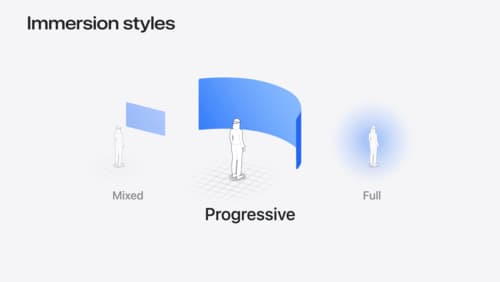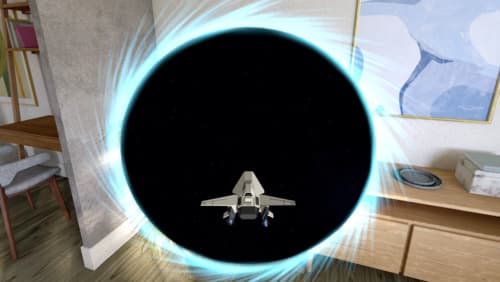what's new for Spatial Personas in visions 2?
Asked on 2024-08-19
1 search
In VisionOS 2, there are several new features for enhancing spatial experiences, particularly for Spatial Personas. These include:
-
Scene Understanding Enhancements: The fidelity of scene understanding capabilities has been significantly extended. Planes can now be detected in all orientations, allowing for anchoring objects on various surfaces in your surroundings. Additionally, room anchors have been introduced, which consider the user's surroundings on a per-room basis, and you can detect a user's movement across rooms.
-
Object Tracking API: A new object tracking API for VisionOS allows you to attach content to individual objects found around the user. This functionality enables attaching virtual content, like instructions, to physical objects, providing new dimensions of interactivity.
-
Volume Resizing: VisionOS 2 makes it easy to resize volumes, similar to resizing a window. Users can now resize volumes themselves, enhancing the flexibility and interactivity of spatial apps.
These updates are part of the broader enhancements in VisionOS 2 aimed at creating richer spatial experiences that leverage depth and space more effectively.
For more detailed information, you can refer to the Platforms State of the Union (57:59) session.

Platforms State of the Union
Discover the newest advancements on Apple platforms.

Dive deep into volumes and immersive spaces
Discover powerful new ways to customize volumes and immersive spaces in visionOS. Learn to fine-tune how volumes resize and respond to people moving around them. Make volumes and immersive spaces interact through the power of coordinate conversions. Find out how to make your app react when people adjust immersion with the Digital Crown, and use a surrounding effect to dynamically customize the passthrough tint in your immersive space experience.

Discover RealityKit APIs for iOS, macOS and visionOS
Learn how new cross-platform APIs in RealityKit can help you build immersive apps for iOS, macOS, and visionOS. Check out the new hover effects, lights and shadows, and portal crossing features, and view them in action through real examples.
